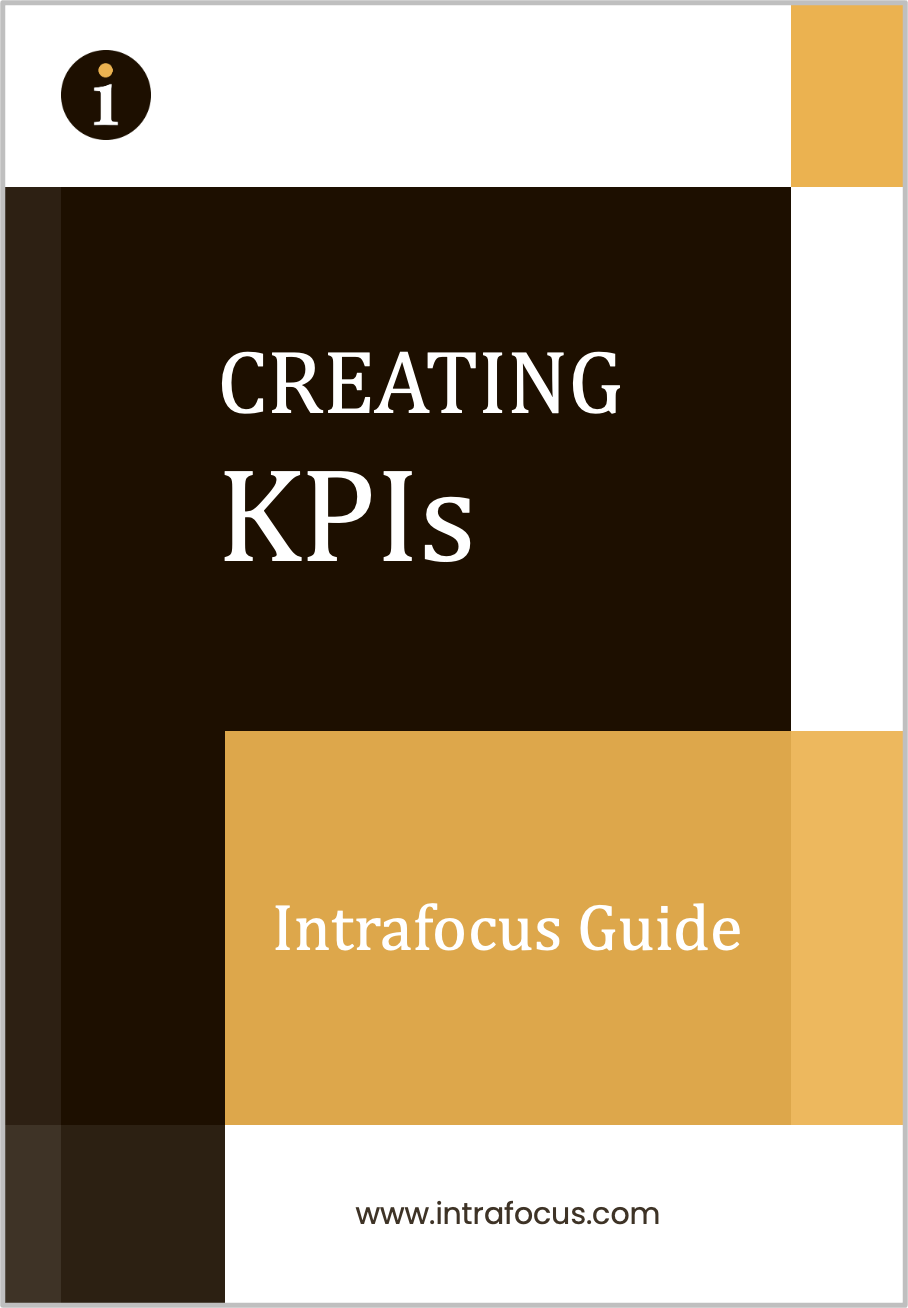Businesses usually review progress through monthly reporting. Within a typical monthly report will be a set of slides and/or spreadsheets that purport to contain all of the information required to make decisions for the following month(s). These reports will almost always include ‘scorecards’ for various business activities and often include a set of Key Performance Indicators (KPIs) for the business. According to research, less than 25% of companies use dedicated performance management software or an enterprise management system to manage their scorecards and KPIs. The rest use spreadsheets, presentations and free form documents (see Business Scorecard Survey 2013).
The number of companies that have automated their scorecards has been growing over recent years. They have seen the advantages that can be gained through dedicated software and its ability to centralise data and distribute activities. The top five reasons to automate business scorecards are as follows:
1. The single source of truth – One of the big advantages of spreadsheets is the ability to make changes quickly and generate charts and graphs that demonstrate progress. The downside to this is the ability to disguise the truth because everyone has their own spreadsheet and everyone can interpret their data in any way they choose. By centralising the data in a single system and providing access to charts and graphs that have been pre-described, there is a single source of truth that cannot be misinterpreted or disguised.
2. Best industry practice – Why reinvent the wheel? Developers of automation software have not been working in a vacuum. They have taken advantage of decades of experience and translated it into system and methodologies that have proven track records and work. All businesses consider themselves unique, this may well be true, but there are certain things, and management reporting is one of them, which should follow best industry practice.
3. Responsibility and accountability – KPI Management systems will force a cultural change upon an organisation. A primary function of good system is to enable visibility of not only KPIs (and objectives) but also of KPI (and objective) ownership. Whereas in the past ownership may not have been visible, through an open automation system it becomes highly visible. This may seem daunting in the early stages, but the advantages soon become very clear. For example, it becomes an enabler for a ‘helping’ environment rather than generating a ‘blame’ culture.
4. Alignment to strategy – Although the main subject here is KPI management, a good software automation system will force users to think about business objectives. Indeed, any reasonable system will question why a KPI exists if there is not an associated objective. Objectives will be based on the company strategy thus providing alignment. Again, this can all be made highly visible through the use of devices such as Strategy Maps.
5. Standardisation – using a single dedicated system will force standardisation. Having information in a standard format using industry standard terminology also provides the means to benchmark both internally and externally.
Automating KPI Management will undoubtedly provide considerable business benefit. So what is stopping the charge? There are two major reasons; the first is a cultural change is required. Automation software tends to be open and highly visible; many managers are uncomfortable with this level of transparency. The second is simply getting started. For the businesses that have been managing through metrics, they have to start thinking about managing through objectives.
For more information on business management methodology, check out our Balanced Scorecard Professional training programme or take out a free trial of Scoreboard our KPI software.


